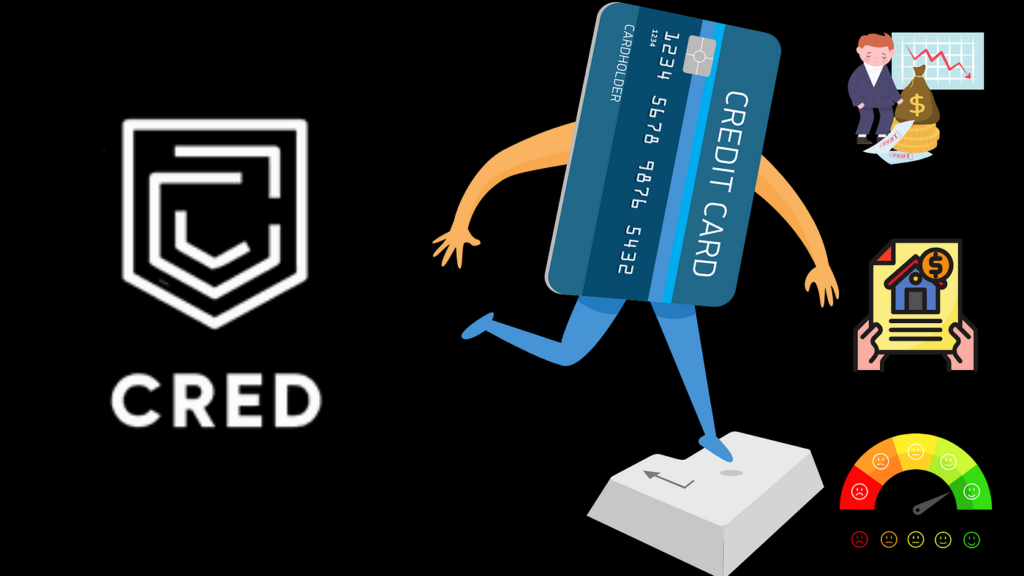The Exclusive Fintech Phenomenon Disrupting India
- Founder: Kunal Shah (also founded FreeCharge, sold to Snapdeal)
- Founded: 2018
- Headquarters: Bangalore
- Valuation: ~$6.4B (as of latest funding)
- Funding Raised: $1B+ from investors like Sequoia, Tiger Global, and DST Global
- Business Model: Rewards-based platform for creditworthy individuals

How CRED Works
- Users pay credit card bills via CRED and earn CRED Coins.
- These coins can be used for discounts, cashback, and exclusive deals.
- CRED monetizes through:
- CRED Store – E-commerce platform featuring premium brands.
- CRED Pay – Payment gateway for seamless brand transactions.
- CRED Mint – P2P lending for users with high credit scores.
- CRED Cash – Instant credit line with competitive rates.
- Kuvera Acquisition – Expansion into wealth management & investment products.
What Makes CRED Unique?
Targeting the Elite – Focuses on users with 750+ credit scores (affluent, high-spending individuals).
Premium Brand Partnerships – Luxury brands and top-tier services offer deals, keeping engagement high.
Gamified Experience – Turns boring credit card payments into rewarding and engaging transactions.
Strong Community – CRED members see it as a status symbol (exclusivity = brand loyalty).
The Big Question: How Does CRED Make Money?
CRED initially burned cash on rewards, but here’s how it monetizes today:
- CRED Store – Brands pay for visibility and conversions (operating like an exclusive e-commerce platform).
- CRED Pay – Charges merchants for premium users making transactions.
- CRED Mint – P2P lending, where users lend to others at 9%+ interest rates.
- CRED Cash – Short-term loans at competitive rates.
- WealthTech Expansion – Kuvera acquisition hints at mutual funds, stocks, or crypto offerings.
Challenges and Controversies
Profitability Struggles – CRED reported ₹1,347 Cr loss in FY23, but revenue jumped to ₹1,400 Cr.
High Customer Acquisition Cost (CAC) – Competing with Paytm, PhonePe, and traditional banks.
Limited Market – Only caters to India’s top 10-20 million creditworthy users.
Regulatory Risks – RBI regulations on digital lending and fintech compliance.
The Future of CRED
IPO on the Horizon? – Kunal Shah has hinted at long-term IPO plans.
WealthTech Expansion – Kuvera acquisition signals mutual funds, stock trading, and investment offerings.
More Lending and Payments Services – Competing with traditional banks in the high-income segment.
Conclusion: Will CRED Redefine India’s Fintech Future?
CRED has built a premium fintech ecosystem, rewarding India’s most creditworthy users while expanding into payments, lending, and wealth management. The big question remains: Can it become profitable before an IPO?
If CRED cracks monetization, it could dominate India’s fintech landscape.
Stay Ahead in Fintech
For in-depth insights into India’s fintech revolution, subscribe to StartupByDoc today. If you are an entrepreneur or investor looking to navigate this evolving space, connect with us to explore potential opportunities.


